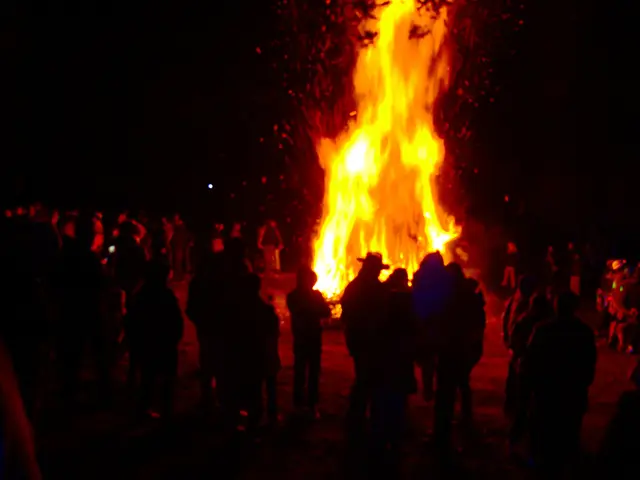Military Energy Resilience Exercises Reveal Grid Vulnerabilities, Drive Legislation
MIT Lincoln Laboratory's Energy Resilience Readiness Exercises (ERREs) have expanded to major military installations worldwide, revealing common vulnerabilities and prompting legislation for enhanced energy resilience. The exercises, lasting up to 15 hours, mimic real outage events and test backup power systems and service members' response capabilities.
ERREs have been conducted at large installations like Fort Bragg in North Carolina and sites in England and Japan. These exercises have exposed issues such as reliance on fragile backup systems and interdependencies between systems. Power outages caused by extreme weather or substation attacks pose significant national security risks for military bases served by the electric grid.
The team behind ERREs is now exploring how their work can improve energy resiliency for civilians in critical areas. They are focusing on related analysis, such as water resiliency and long-term energy planning. One solution being considered is the installation of microgrids to make military installations less dependent on the grid. This comes at a time when 70% of the nation's transmission lines are nearing the end of their lifespan, threatening cascading failures and highlighting the urgent need for energy resilience in military bases.
The ERRE campaign has led to legislation requiring each military branch to perform at least five ERREs per year until 2032. These exercises have brought to light common issues and are now driving efforts to enhance energy resiliency for both military installations and civilian populations in critical areas. The team continues to analyze related areas such as water resiliency and long-term energy planning to ensure the security and reliability of power supplies.
Read also:
- Transforming Digital Inventories in the Food Industry: A Comprehensive Guide for Food Businesses
- Munich Airport Unveils Its New Electrical Vehicle Charging Parksite
- Meteorologist Predicts Major Hurricane for Northeast U.S. by 2030
- Vehicle electrification and bidirectional charging technologies could potentially reduce EU energy expenses by a staggering €22 billion annually by the year 2040.







